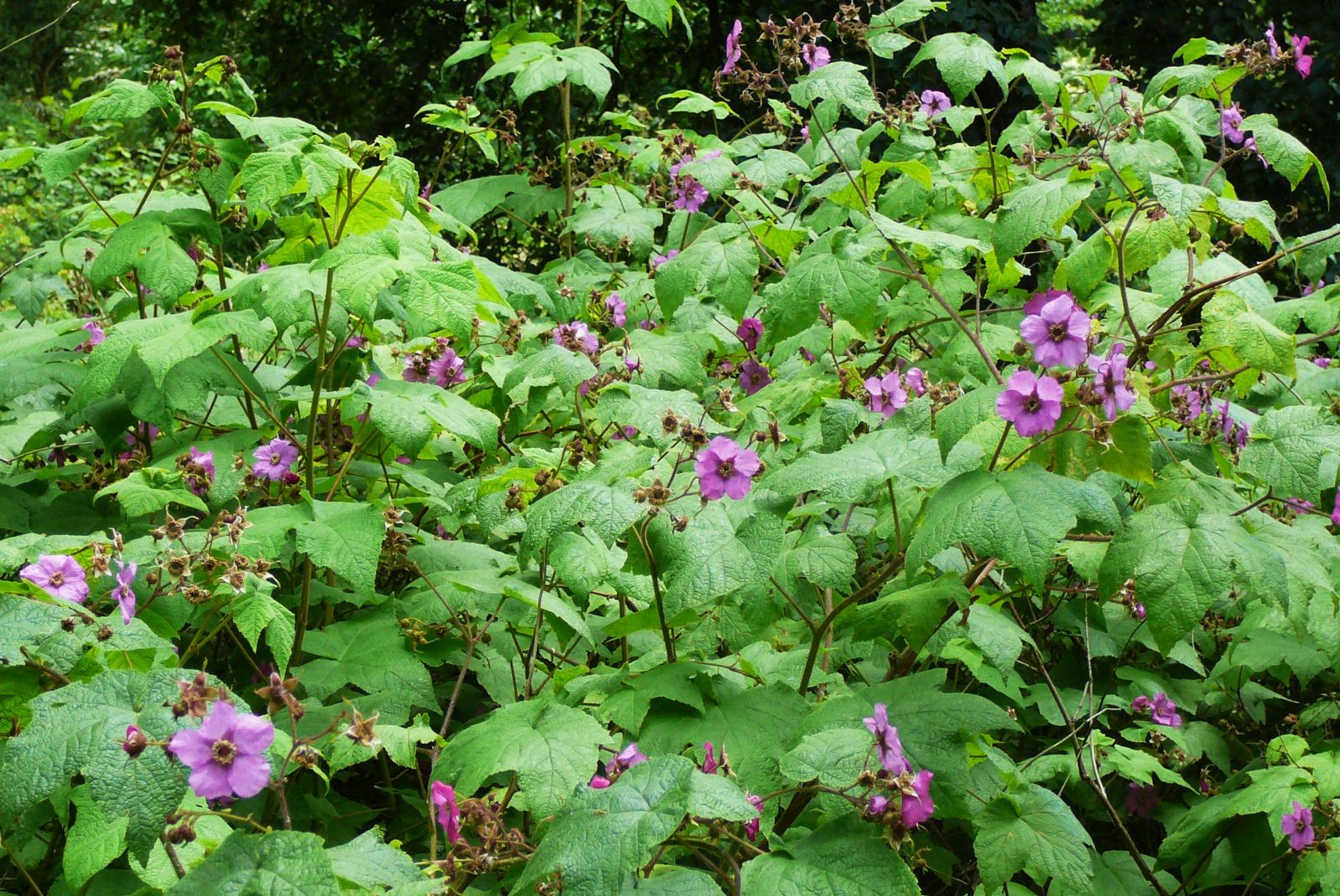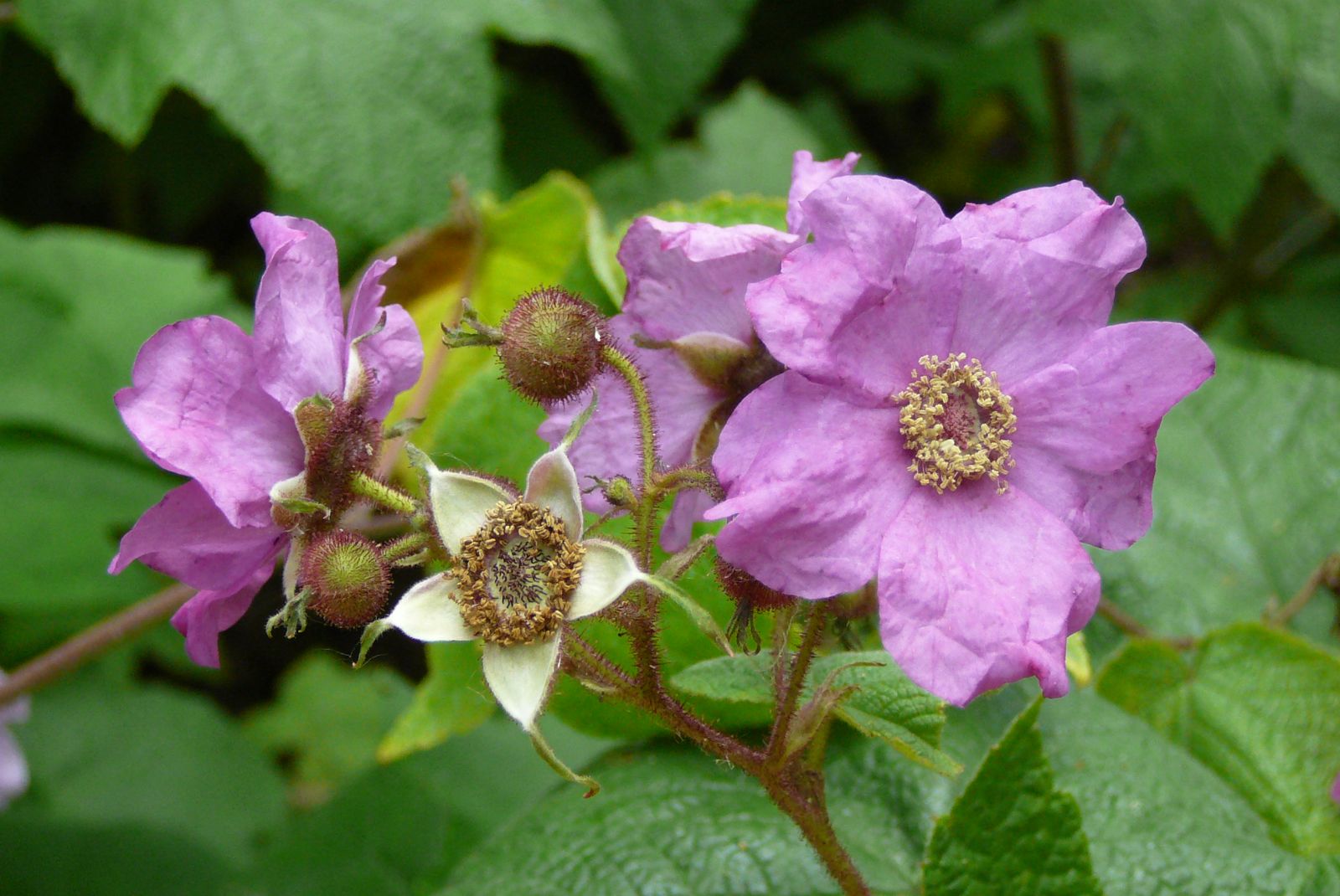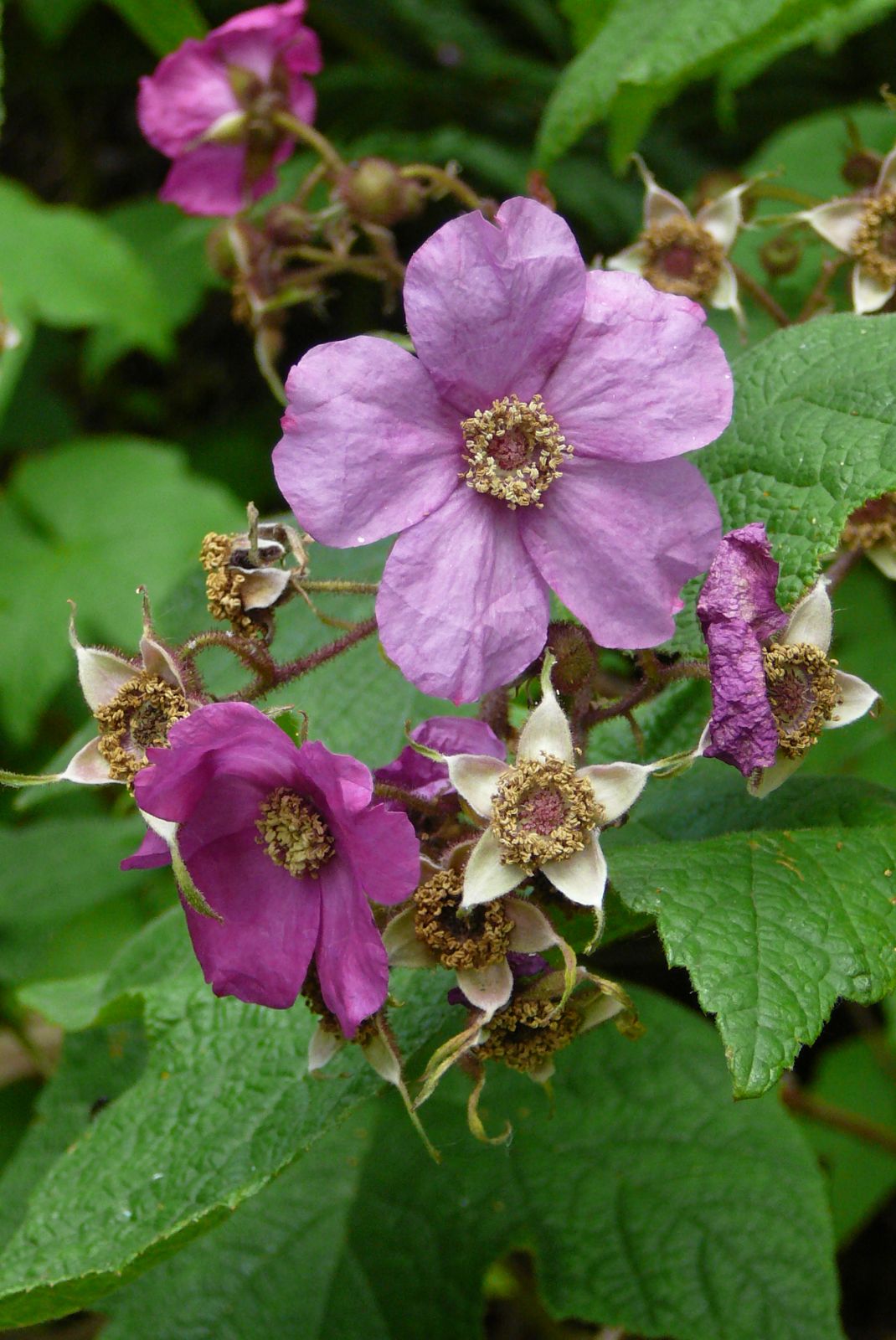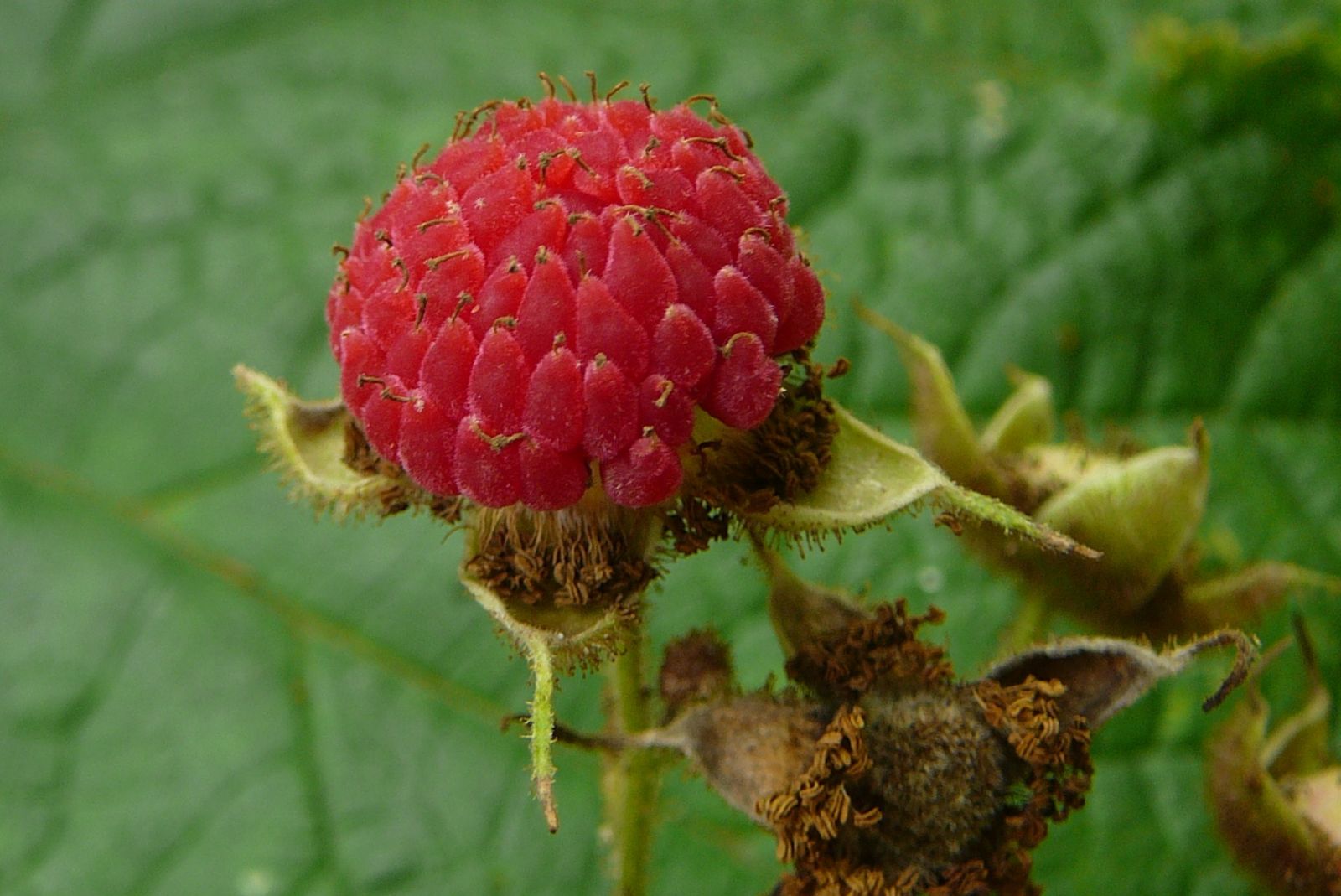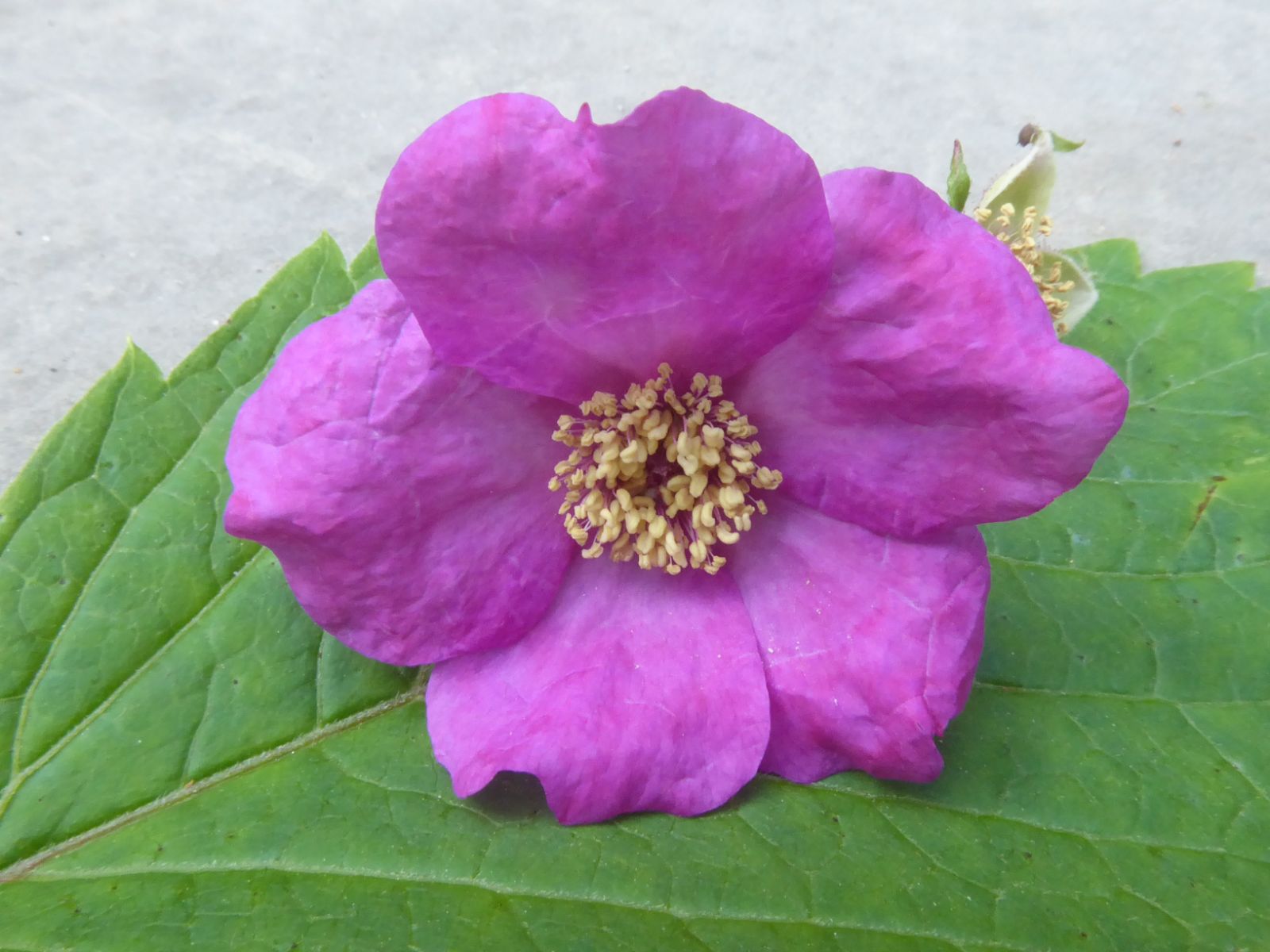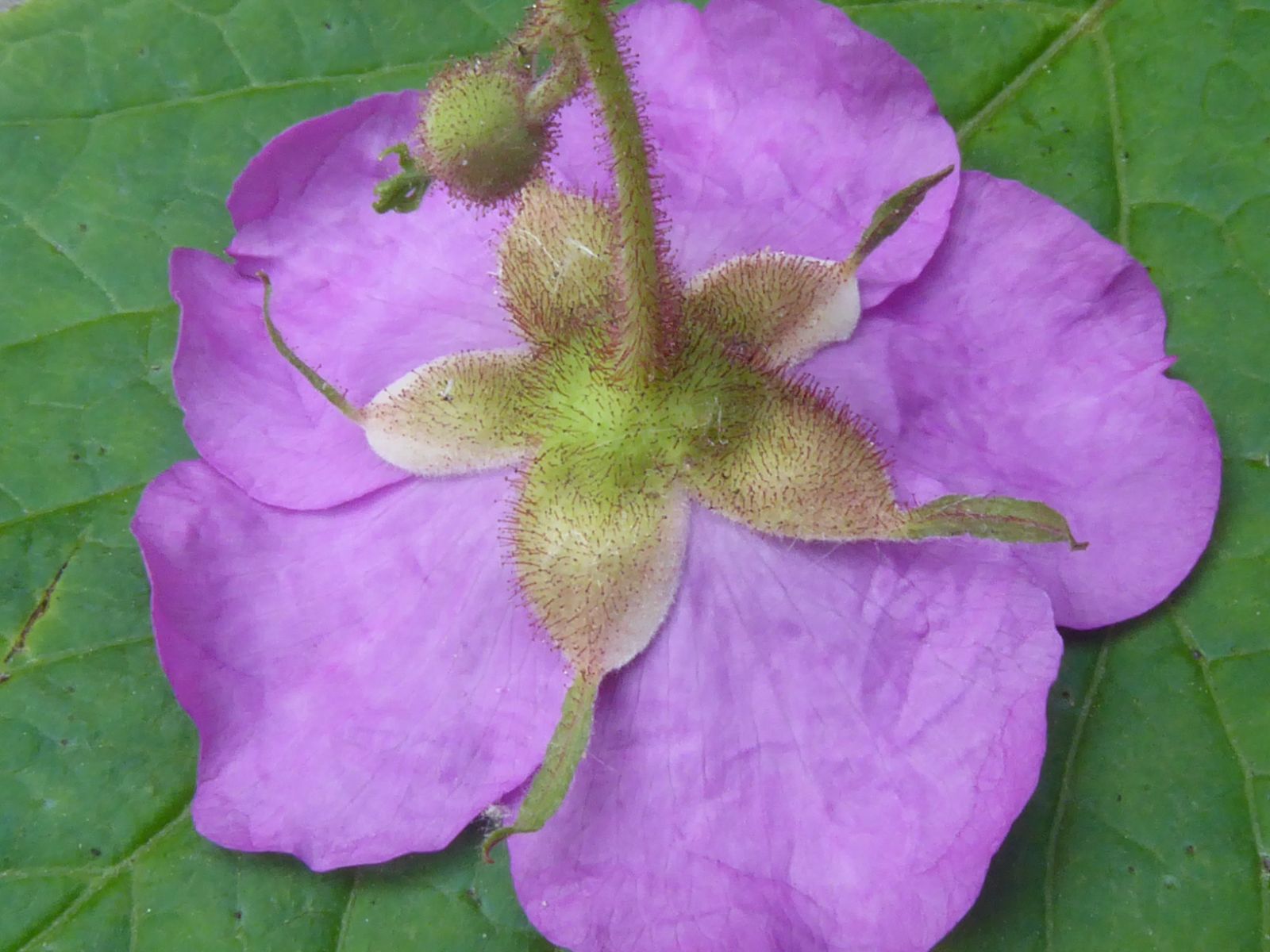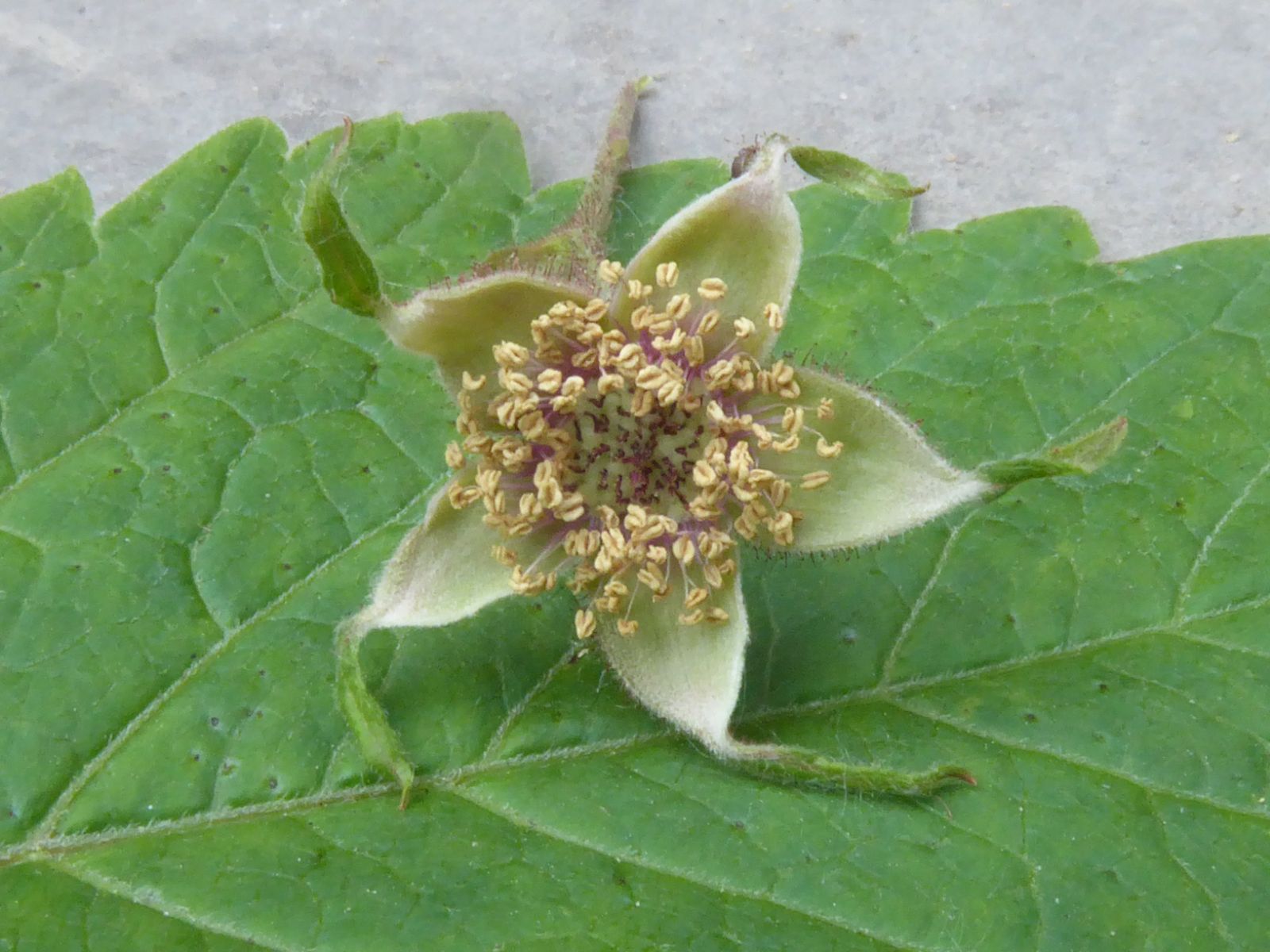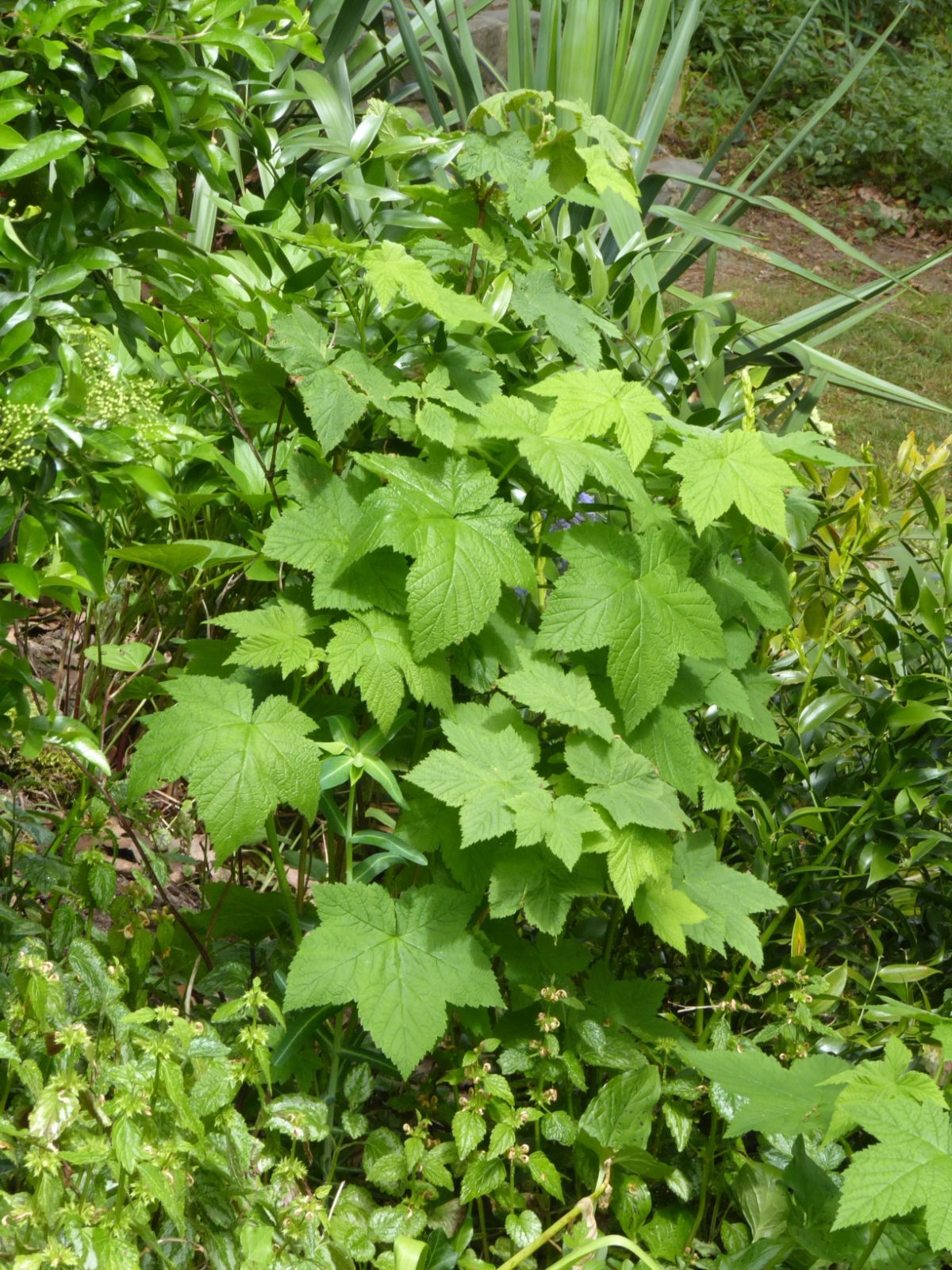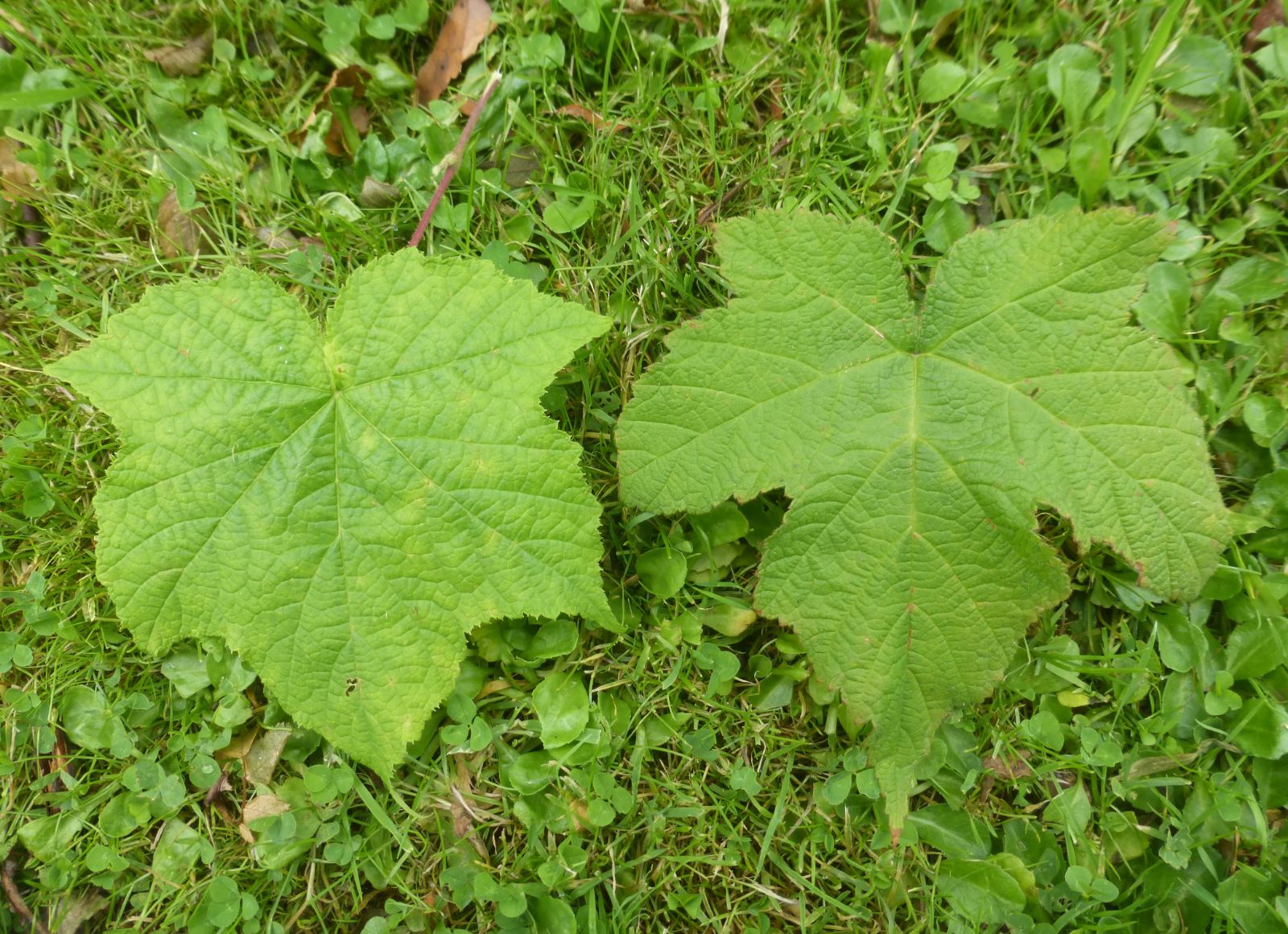Rubus odoratus
Credits
Article from Bean's Trees and Shrubs Hardy in the British Isles
Recommended citation
'Rubus odoratus' from the website Trees and Shrubs Online (treesandshrubsonline.
Genus
Infraspecifics
Other taxa in genus
- Rubus adenophorus
- Rubus amabilis
- Rubus biflorus
- Rubus caesius
- Rubus calycinoides
- Rubus chroosepalus
- Rubus cissoides
- Rubus cockburnianus
- Rubus corchorifolius
- Rubus coreanus
- Rubus crataegifolius
- Rubus deliciosus
- Rubus flagelliflorus
- Rubus flosculosus
- Rubus henryi
- Rubus hispidus
- Rubus hupehensis
- Rubus ichangensis
- Rubus idaeus
- Rubus illecebrosus
- Rubus irenaeus
- Rubus koehneanus
- Rubus kuntzeanus
- Rubus laciniatus
- Rubus lambertianus
- Rubus lasiostylus
- Rubus lineatus
- Rubus malifolius
- Rubus mesogaeus
- Rubus nepalensis
- Rubus × nobilis
- Rubus occidentalis
- Rubus palmatus
- Rubus parkeri
- Rubus parviflorus
- Rubus parvifolius
- Rubus parvus
- Rubus pedunculosus
- Rubus phoenicolasius
- Rubus playfairianus
- Rubus setchuenensis
- Rubus spectabilis
- Rubus subornatus
- Rubus thibetanus
- Rubus trianthus
- Rubus tricolor
- Rubus trifidus
- Rubus ulmifolius
A vigorous, deciduous shrub, with stout, erect, very pale brown stems up to 8 ft high, bark peeling; young stems covered with glandular hairs. Leaves simple, amongst the largest of hardy Rubi, five-lobed, vine-like, 4 to 10 (or even 12) in. across; lobes pointed, sharply and irregularly toothed, hairy on both sides, but especially beneath, soft and velvety to the touch. Flowers fragrant, bright purple, 11⁄2 to 2 in. across, borne in large, branching, corymbose clusters at the ends of the shoots; the stalks conspicuously furnished with dense glandular hairs, the calyx similarly covered, each of its five divisions narrowed to a tail-like point. Fruits flat and broad, red when ripe, but rarely seen in this country. Bot. Mag., t. 323.
Native of eastern N. America introduced in 1770. Next to R. deliciosus, this is perhaps the most ornamental of Rubi, in regard to blossom. It flowers from July to September, and few shrubs at that time equal it in beauty and fragrance. It loves a semi-shaded spot, where its flowers are protected from the fierce midday and early afternoon sun; in such a place the blossoms last longer. It is a rampant grower, and soon forms a thicket; good soil should be provided and the plants are all the better if pulled apart every few years, and planted more thinly. The old stems should be removed every winter. It is very similar in growth to R. parviflorus (q.v.), but starts to flower a month later.
From the Supplement (Vol. V)
There is a seedling of this species in the R.H.S. Garden at Wisley, with pink flowers, which is probably a hybrid with ‘Tridel’ (page 221).
R × fraseri Rehd.
Synonyms
R. robustus Fraser, not Presl

